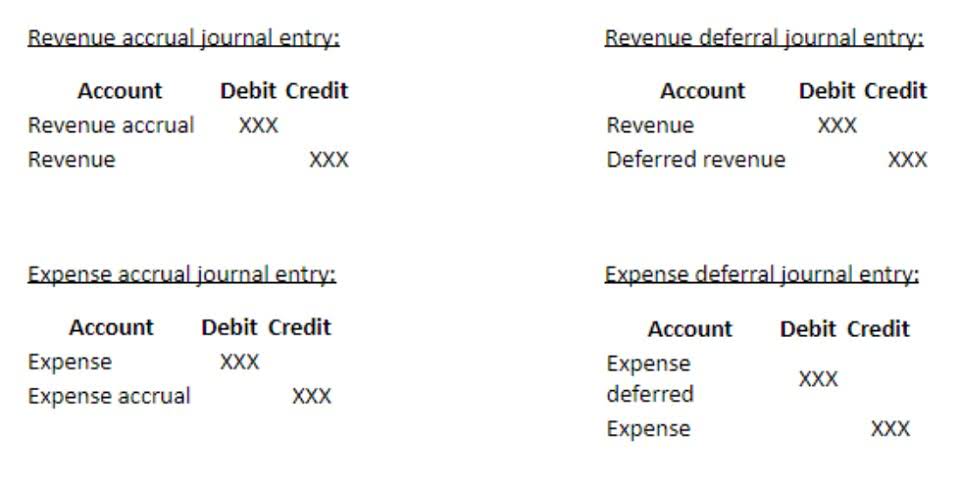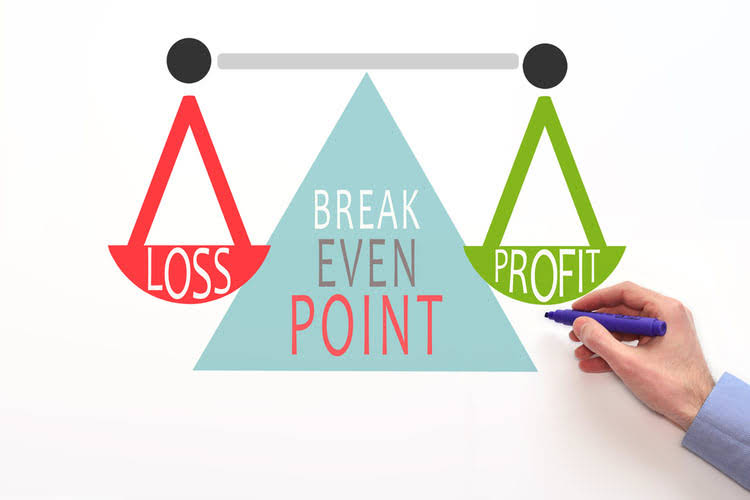
Periodic forecasting, creating contingency reserves, and monitoring variance analysis metrics can help firms minimize the risks of overruns. When accounting cip they do occur, the priority should be on transparent reporting to avoid negative audit or investor scrutiny. – Managing CIP accounts require proper knowledge, experience, and advanced bookkeeping tools. That’s another reason why it is better to delegate CIP accounts to the experts who know how to help you avoid such mistakes and stay compliant.
Why are capital improvement plans important?
- Accounting standards like IFRS and GAAP also include specific guidelines around contract revenue recognition and cost accumulation that construction firms must adhere to.
- In this section, we will explore the features and benefits of top-tier construction accounting software and discuss how technology enhances construction financial management processes.
- Instead, contract revenue should only be recognized to the extent that contract costs are expected to be recoverable.
- Depending on the project’s size, construction work-in-progress accounts can be some of the largest fixed asset accounts in a business’s books.
The purpose of CIP accounting is to provide transparency into the financial performance of ongoing construction projects. CIP is used for long-term construction projects while WIP is for short-term production of inventory. CIP costs are capitalized until construction completes, while WIP costs are expensed when goods are finished. Depreciation begins for CIP when construction completes, while there is no depreciation for WIP. Revenue recognition is the process of recording and reporting revenue in financial statements. In construction accounting, the percentage of completion (POC) method is widely used to recognize revenue throughout the project’s duration.

Utilizing Software Solutions
Utilizing purpose-built software solutions can greatly enhance CIP accounting and management. Given the long project timelines, evolving plans, and complexity of construction activities, having rigorous internal controls around CIP accounting is crucial. – Construction-in-progress and other accounts must be separate to minimize the hassle and keep records balanced. The timeline for completing a CIP varies depending on the scope and complexity of the projects. Some projects might be completed within a year, while others could take several years. The CIP itself is a rolling plan, typically covering five to ten years, and is updated annually.

Why Do You Need a CIP Account Management Software like eSub?

This approach is based on the premise that if the outcome of a contract can be estimated reliably, then it is possible to allocate revenue and costs according to the work that has been completed. Finally, there may be other costs that can be specifically charged to the customer under the terms of the contract – these should also be taken into account. By taking all of these factors into consideration, it is possible to develop a clear picture of the true cost of a contract and ensure that it represents good value for money. Partnering with seasoned financial professionals ensures that your company navigates the intricacies of construction work-in-progress accounting with precision and proficiency. Best practice https://x.com/BooksTimeInc involves creating new subtasks and cost codes to track change order expenses separately from original budget items.
- A construction company might come to your mind by reading the phrase “Construction In Progress.” Indeed, construction in progress accounting is mostly used by construction firms.
- Unlike ready-to-use assets, these are in various stages of completion, spanning from months to years, rendering them temporarily unusable during the construction phase.
- For a construction firm that makes a contract to sell fixed assets, the objective is the same.
- Understanding construction in progress accounting is essential for construction professionals, including project managers, accountants, and financial executives.
Complexities of Large-scale Projects:
The costs of constructing the asset are accumulated in the account Construction Work-in-Progress until the asset is completed and placed into service. Managing Construction-in-Progress (CIP) in a multi-project environment introduces additional layers of complexity that require sophisticated strategies and tools. With multiple projects running concurrently, it becomes crucial to allocate resources—such as labor, materials, and equipment—efficiently to avoid bottlenecks and ensure timely project completion.
Expense

The presence of Construction-in-Progress (CIP) on financial statements can significantly influence a company’s financial health and performance metrics. CIP is recorded as an asset on the balance sheet, reflecting the investment in ongoing projects. This capitalization of costs can lead to a substantial increase in total assets, which in turn affects key financial ratios such as the return on assets (ROA) and the debt-to-equity ratio. A higher asset base https://www.bookstime.com/ can make a company appear more robust, but it also necessitates careful management to ensure that these assets eventually translate into revenue. Its costs are not expensed on the income statement until the related goods are completed. The opening WIP balance is added to the costs incurred during the period to determine the total WIP costs.
How to Record Entries for CIP Accounts

If the company has properly estimated the total cost of construction, they will be able to get the percentage of completion. Once the asset is fully executed, the construction in progress account will be credited, and the debit will be transferred to the property, plant, and equipment. Below, we’ll show you an example of what the recording may look like for a company. Hiring a fractional CFO allows startups to access high-level financial expertise without the cost of a full-time executive. This flexibility enables businesses to scale efficiently while receiving tailored financial strategies. It’s an ideal solution for companies looking to optimize their financial management.

Recent Comments